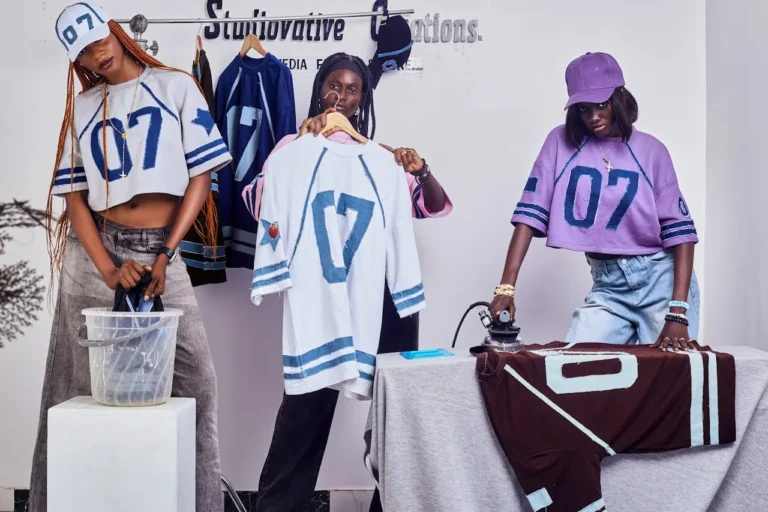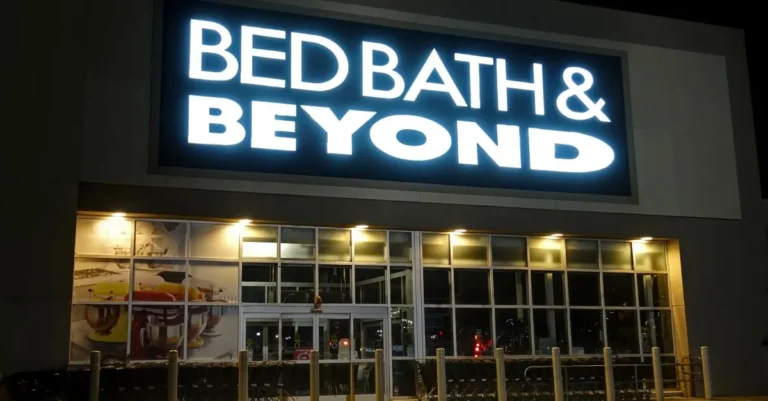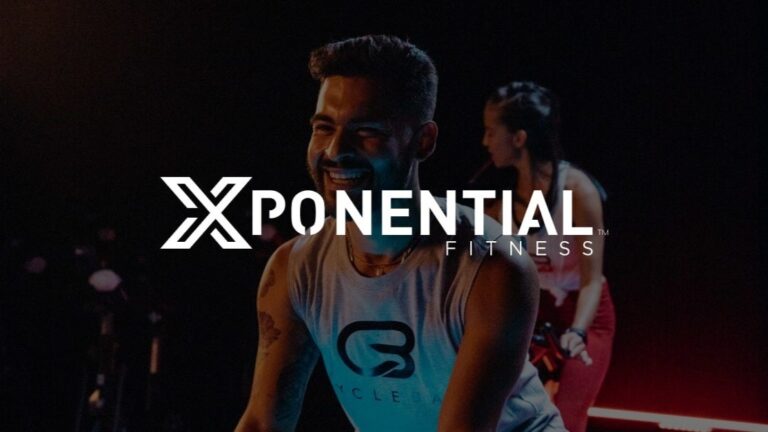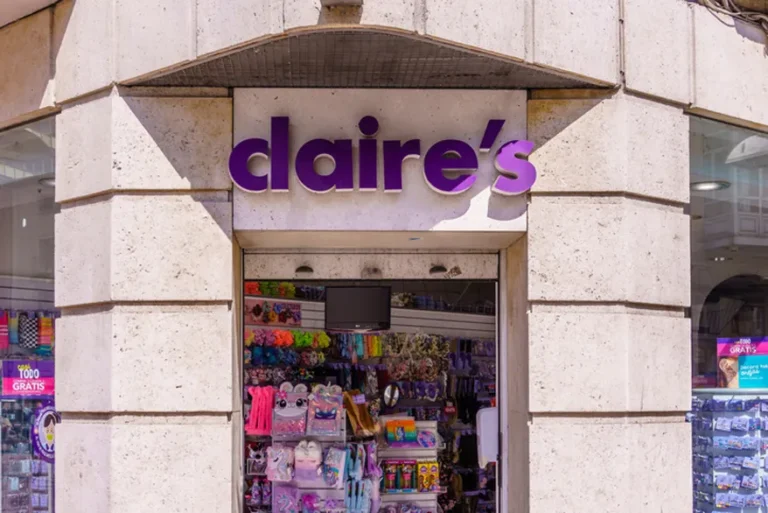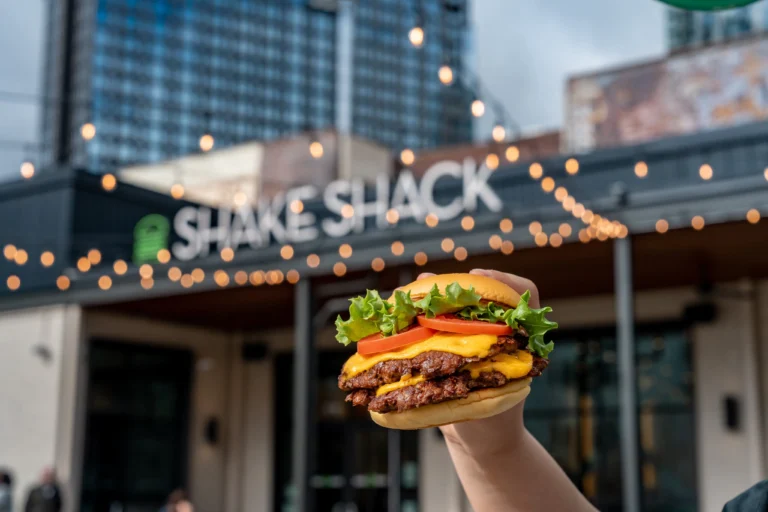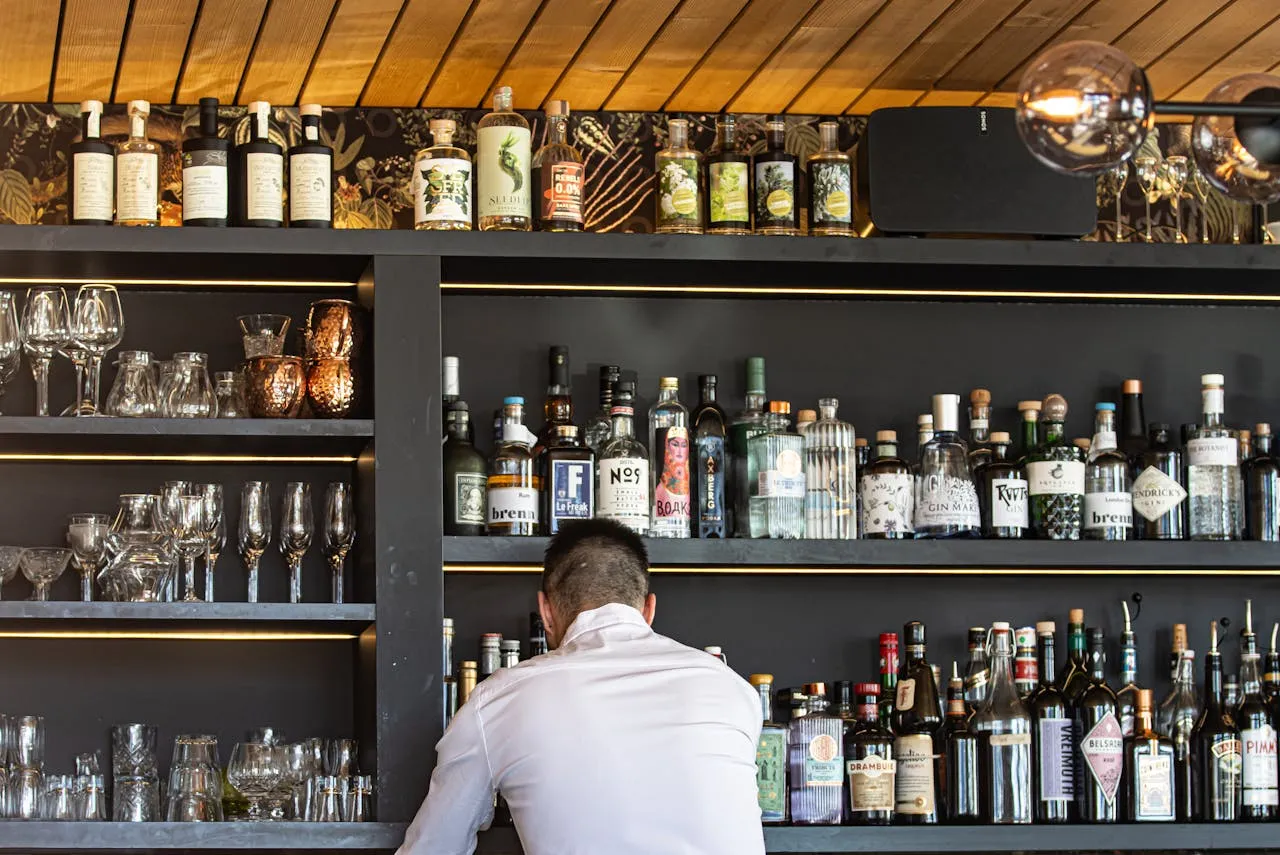
United States Alcoholic Beverages Market Trends and Forecast (2025-2033)
Market Overview
The United States alcoholic beverages market is projected to reach US$ 806.44 billion by 2033, up from US$ 543.13 billion in 2024, growing at a 4.99% CAGR between 2025 and 2033. This growth is primarily driven by rising consumer demand for craft beers, premium spirits, and health-conscious alcoholic products. Additionally, increasing social consumption, product-line innovation, and evolving consumer preferences continue to shape the market.
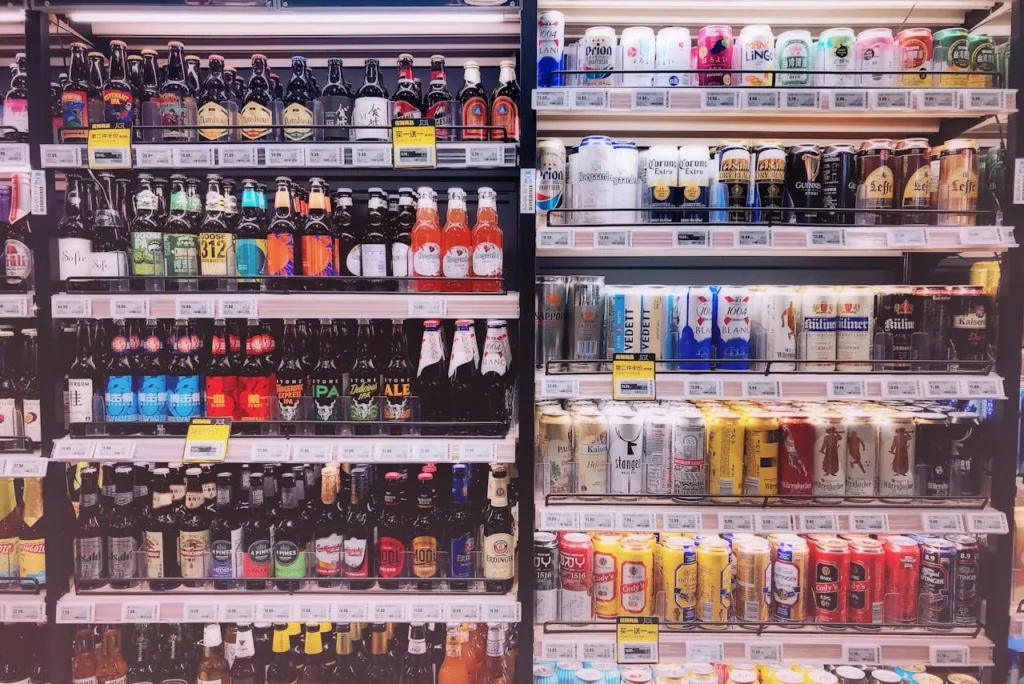
Growth Drivers
Craft Beers and Premiumization
Craft beers, artisanal spirits, and small-batch wines have emerged as key drivers of the U.S. alcoholic beverages market. Consumers, especially younger demographics, are increasingly drawn to high-quality, locally sourced, and unique products. This shift in preference towards premiumization has transformed the market landscape, compelling breweries, distilleries, and wineries to innovate and differentiate their offerings. The emphasis on craftsmanship, authenticity, and diverse flavor profiles has strengthened the appeal of craft beverages, making them a dominant force in the industry.
Health-Conscious Consumption and Low-Alcohol Alternatives
As health-conscious lifestyles become more prevalent, demand for low-alcohol, lower-calorie, and alcohol-free beverages has risen. This trend has fueled the growth of light beers, organic wines, and hard seltzers, catering to consumers who seek healthier alternatives without compromising their social drinking experiences. Millennials and Gen Z, in particular, are driving this trend, leading brands to develop innovative beverages that align with wellness-oriented consumption patterns.
E-Commerce and Direct-to-Consumer (DTC) Sales
The rapid expansion of e-commerce and direct-to-consumer (DTC) sales has significantly impacted alcohol sales in the United States. With online platforms and delivery services becoming more accessible, consumers can conveniently purchase their preferred drinks from the comfort of their homes. E-commerce enables brand discovery, personalized recommendations, and subscription-based alcohol services, further boosting market growth. The increasing reliance on digital sales channels has reshaped the way alcoholic beverages are marketed and distributed.
Market Challenges
Regulatory and Legal Barriers
The U.S. alcoholic beverages market faces stringent state and federal regulations, complicating alcohol production, distribution, and sales. Various states enforce complex compliance requirements related to age restrictions, taxation, and licensing, making it challenging for manufacturers and retailers to navigate the market. Furthermore, advertising and marketing restrictions, particularly those aimed at curbing underage drinking and health risks, present additional obstacles for brands aiming to expand their consumer base.
Competition from Non-Alcoholic Beverages
The non-alcoholic and low-alcohol beverage market is gaining traction, posing a competitive challenge to traditional alcoholic beverages. Younger consumers, particularly health-conscious millennials and Gen Z, are opting for alcohol-free alternatives such as mocktails, kombucha, and sparkling waters. These beverages provide social drinking experiences without the negative health implications associated with alcohol consumption. This shift in consumer preference is prompting beer and spirits brands to innovate and diversify their portfolios to remain competitive.
United States Beer Market
The U.S. beer market is one of the largest and most diverse globally, fueled by a vibrant craft beer culture and consumer-driven innovations. Beer remains the dominant alcoholic beverage category, with strong demand for both domestic and imported brands. The microbrewery sector continues to expand, offering high-quality craft beers that appeal to niche audiences. Beyond traditional lagers and ales, emerging trends such as hard seltzers, fruit-infused beers, and low-alcohol options are reshaping the beer landscape. The increased availability of beer through e-commerce platforms and digital retail channels is further driving market growth.
United States Glass Bottle Alcoholic Beverages Trends
The demand for glass bottle packaging in the alcoholic beverages market remains strong, driven by consumer preferences for premium and environmentally sustainable packaging. Glass bottles are widely recognized for their ability to preserve taste and quality, making them the preferred choice for wine, spirits, and craft beers. Additionally, growing eco-consciousness has led to a rising preference for recyclable and sustainable packaging materials. The association of glass bottles with luxury and high-end products further reinforces their dominance in the market. As sustainability and premiumization trends continue to evolve, the use of glass bottles is expected to remain a significant factor in the alcoholic beverages industry.
United States Alcoholic Beverages Supermarket Market
Supermarkets play a crucial role in the distribution of alcoholic beverages in the United States, offering consumers convenient access to a diverse range of products. The expansion of alcohol aisles in grocery stores and the inclusion of premium and craft selections have enhanced the retail shopping experience. Supermarkets now cater to varying consumer preferences by stocking craft beers, organic wines, premium spirits, and ready-to-drink (RTD) cocktails. Promotional strategies, including discounts, loyalty programs, and online ordering with home delivery, have further strengthened supermarket alcohol sales. This sector continues to grow as supermarkets expand their offerings and integrate digital commerce solutions.
The United States alcoholic beverages market is poised for continued growth, driven by evolving consumer trends, technological advancements, and product innovation. Key factors influencing the market’s future include:
- Sustained demand for craft and premium alcoholic beverages
- Increased focus on health-conscious and low-alcohol options
- Expansion of e-commerce and direct-to-consumer sales
- Regulatory adaptations and evolving legal frameworks
- Growing influence of sustainability and eco-friendly packaging
As brands and manufacturers navigate these dynamic changes, strategic innovation and adaptability will be essential to maintaining market competitiveness and meeting the evolving preferences of U.S. consumers.



